THE LUMIERE BLOG
The One Big Beautiful Bill Act (OBBBA) - What Employers and Employees Need to Know
The One Big Beautiful Bill Act (OBBBA), signed into law on July 4, 2025, introduces a wide range of changes to federal tax codes, social programs, and more, impacting both employers and employees.


